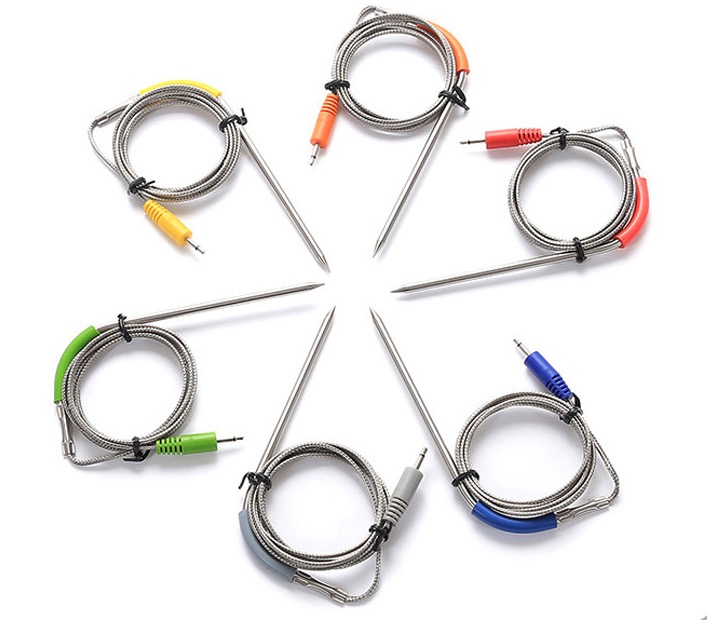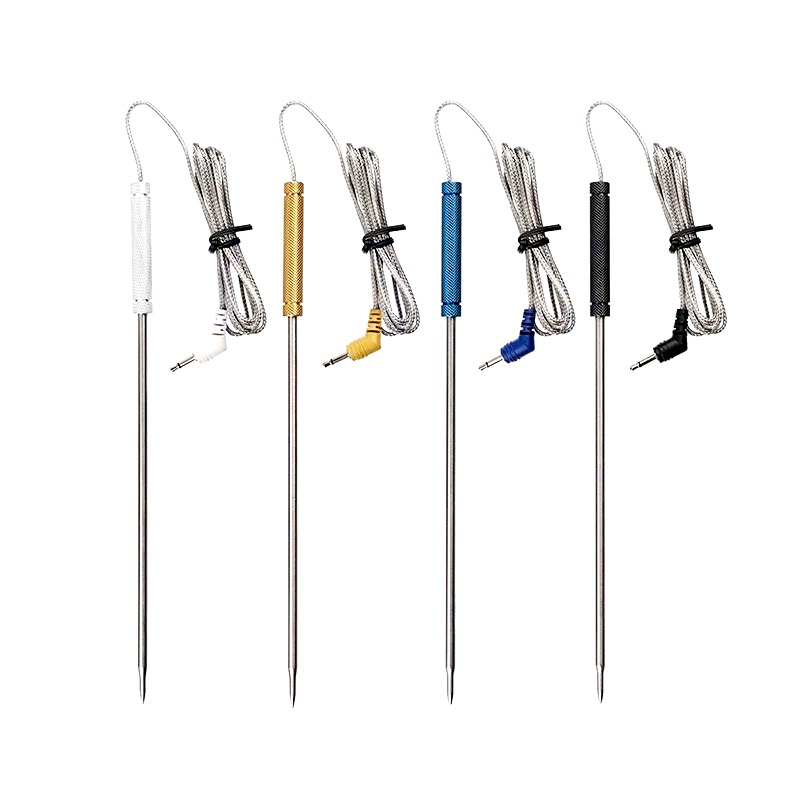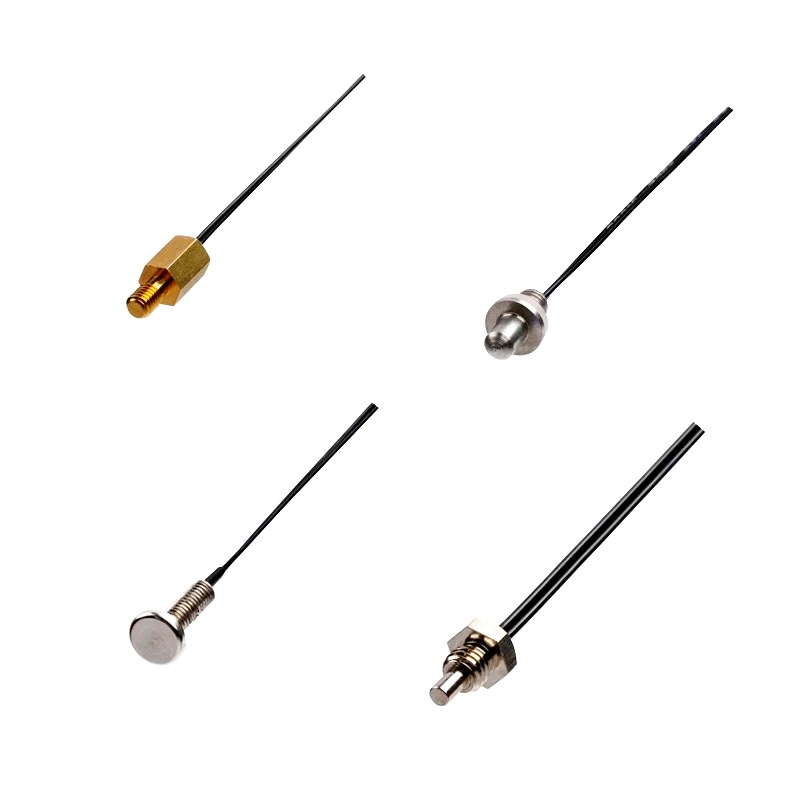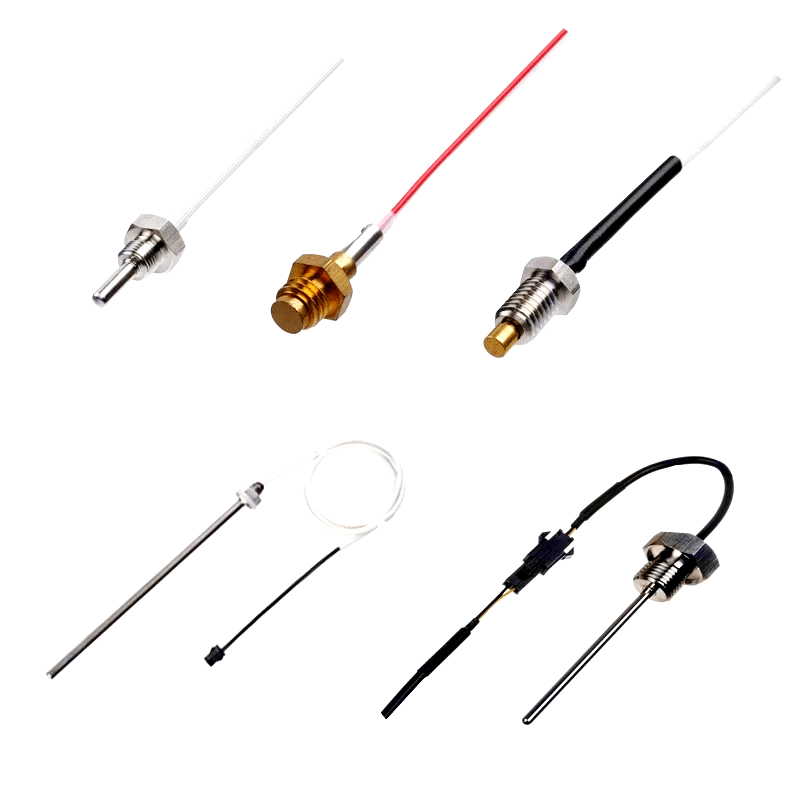
Comprehensive Guide to 10k NTC Thermistor Datasheet: Specifications, Applications, and Interpretation
10k NTC Thermistor Datasheet – A Comprehensive Guide 10k NTC Thermistor Datasheet – A Comprehensive Guide Summary This article provides a comprehensive guide to the 10k NTC Thermistor datasheet. It covers everything you need to know about this electronic component, including its specifications, applications, and how to interpret the datasheet effectively. Introduction to the 10k NTC Thermistor Learn what a 10k NTC Thermistor is and how it works. Understand its role in temperature sensing and control systems. Specifications Explore the key specifications provided in the 10k NTC Thermistor datasheet. This section covers resistance values, temperature range, accuracy, power rating, and






